Are coming soon, I promise! Internet here is slower than molasses in January (as Margaret would say). I can’t decide if internet here is better or worse than Chinese internet.
SKP's Travels
Adventures in Life
Daily Archives: March 23, 2013
Day 5: Vinales
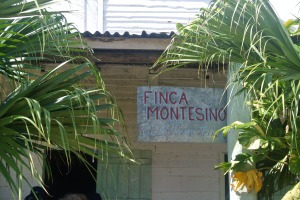
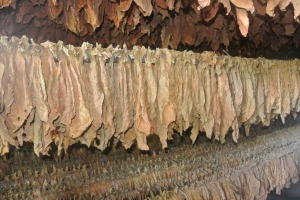
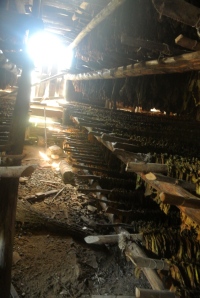
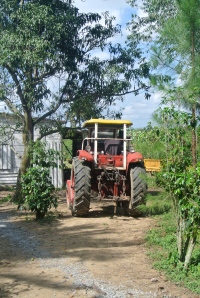
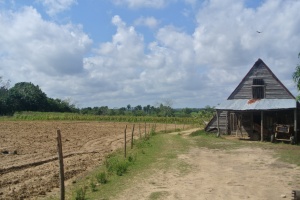
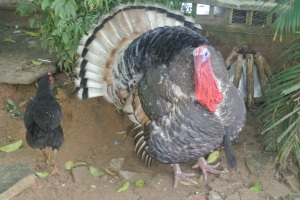
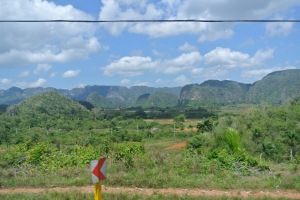
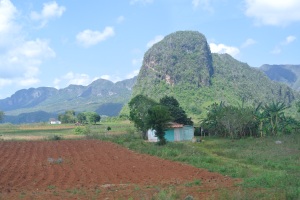
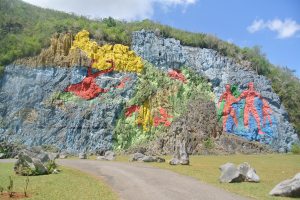
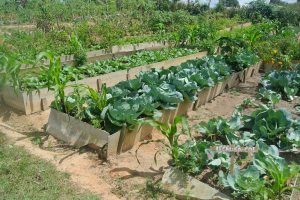
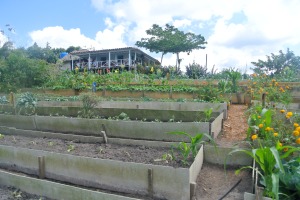
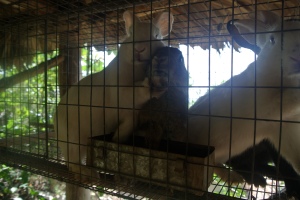
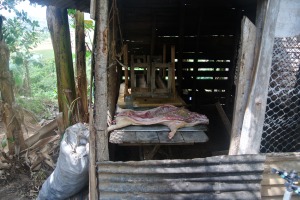
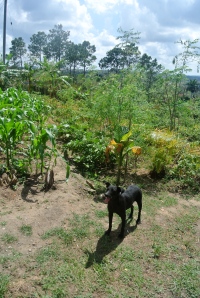
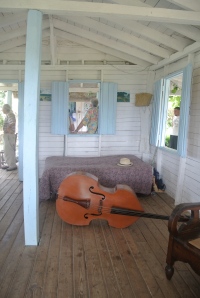
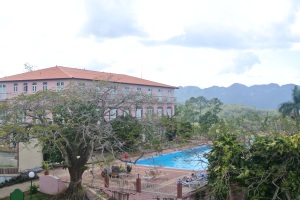 Vinales is about 2.5 hours west of Havana. We took the National Highway built in the 1970’s to get there. We passed through of provinces of La Havana, Artesmesia then Pinar del Rio. Sugar cane was the main crop and export until the Soviet bloc collapsed in the 1990’s and the price of sugar fell worldwide. Then tourism became the most important industry. The main exports now are rum, cigars, coffee and sugar. They also mine cobalt. Along the road hitchhikers are common but they have money to pay drivers. We saw people traveling by all types of transportation: bus, car, oxcart, donkey cart, motorcycles, covered trucks and horseback.
Vinales is about 2.5 hours west of Havana. We took the National Highway built in the 1970’s to get there. We passed through of provinces of La Havana, Artesmesia then Pinar del Rio. Sugar cane was the main crop and export until the Soviet bloc collapsed in the 1990’s and the price of sugar fell worldwide. Then tourism became the most important industry. The main exports now are rum, cigars, coffee and sugar. They also mine cobalt. Along the road hitchhikers are common but they have money to pay drivers. We saw people traveling by all types of transportation: bus, car, oxcart, donkey cart, motorcycles, covered trucks and horseback.
The terrain changed from flat to hilly with cattle grazing, goat herding and tobacco farms. Tobacco is harvested by hand and cigars are made by hand. Crops are grown in dark red soil but tobacco is grown in light brown soil with sand. The mountain ranges in this area are the oldest mountains in Cuba. There are a total of 3 ranges – the biggest is in the eastern most province of Guantanamo. The national reforestation program is taking place in this area and the National Park here is a UNESCO site.
We visited a working tobacco farm. They were growing black tobacco. Leaves drying inside are for cigars. They dry for a total of 5 months. Leaves growing outside are for cigarettes. The farm had 8 hectares and 140,000 tobacco plants. They plant in November and harvest starting in January. From seed to cigar the process takes a total of 3 years. There were 11 workers and they make 2 CUCs a day which is about They sell their leaves to the brand Cohiba.
Vinales National Park – mountains are limestone with caves and farming is done with oxen. We stopped for lunch here and saw a prehistoric mural.
We then visited a local organic farm. They use natural compost like red worms and rabbit poo. There were puppies everywhere.
They used marigolds, hibiscus, corn and calla lilly for pest control. For pest spray they use the center vein of the tobacco leaf soaked in water. Their produce is purchased by an urban farming group and then sold to schools, hospitals, etc.
After 3 more hours on the bus to get back we went to a Paladar (privately owned restaurant run by a professional trained chef) called Santana. It was on the first floor of a family home close to our hotel.